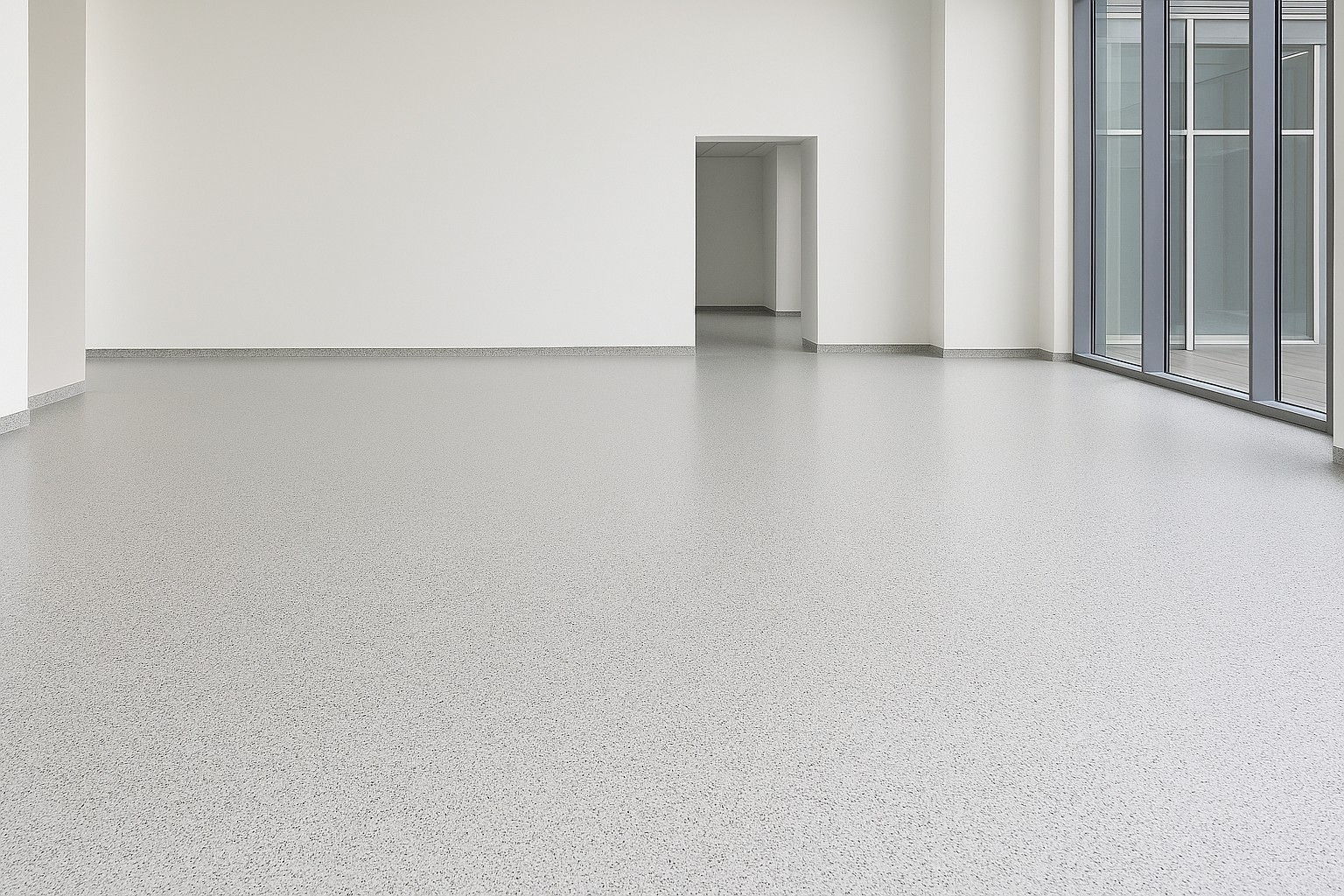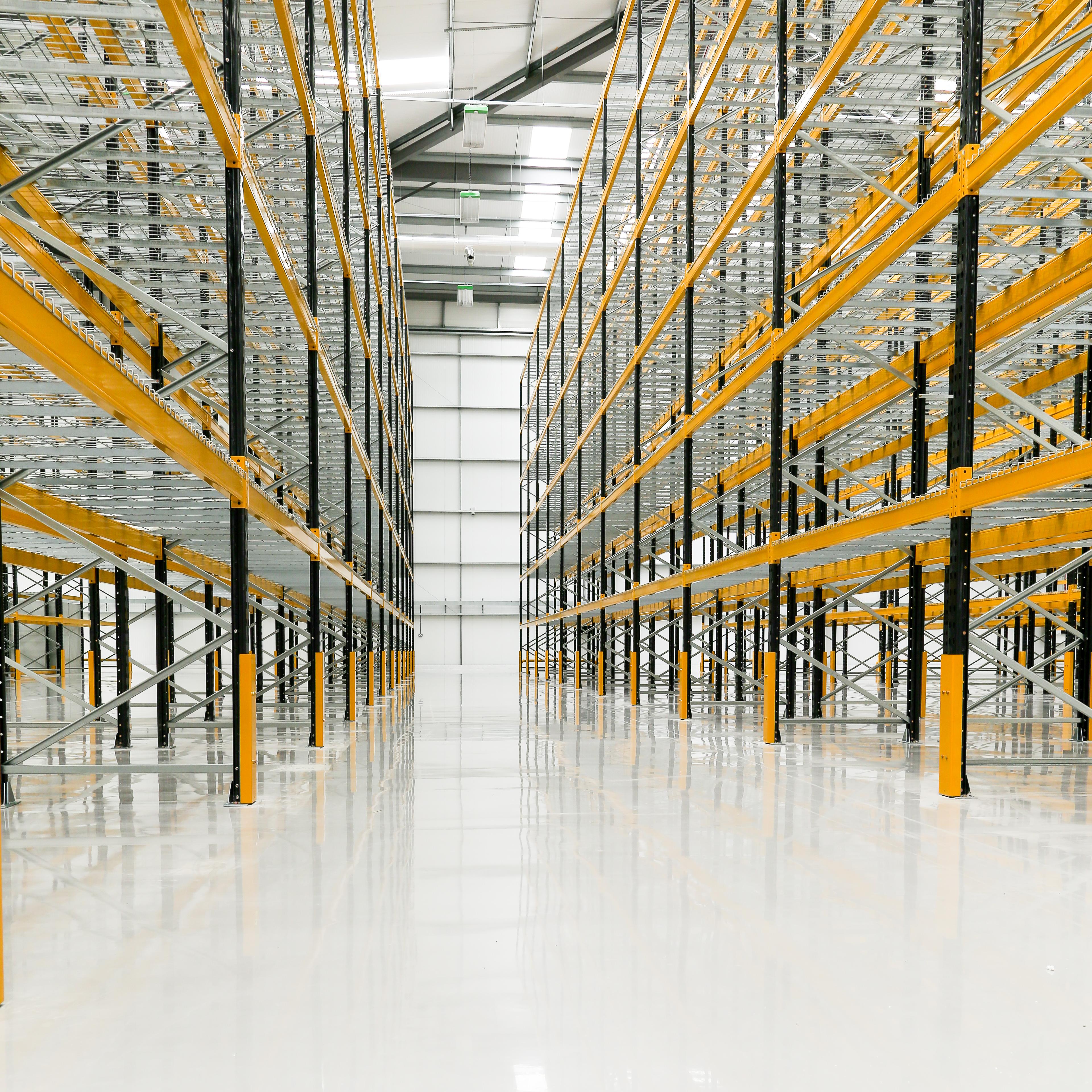Edinburgh Printmakers
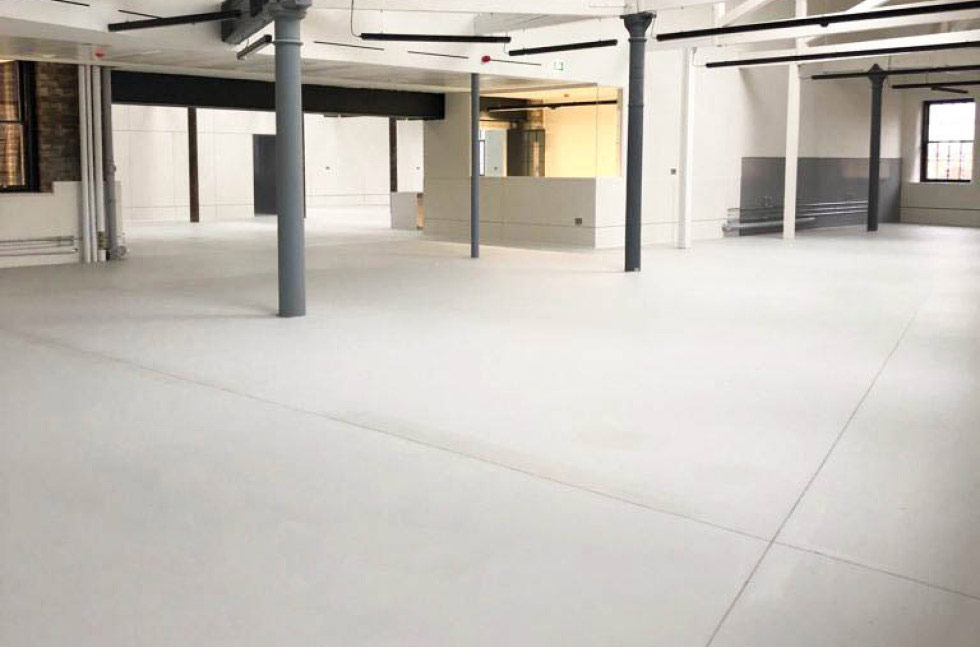
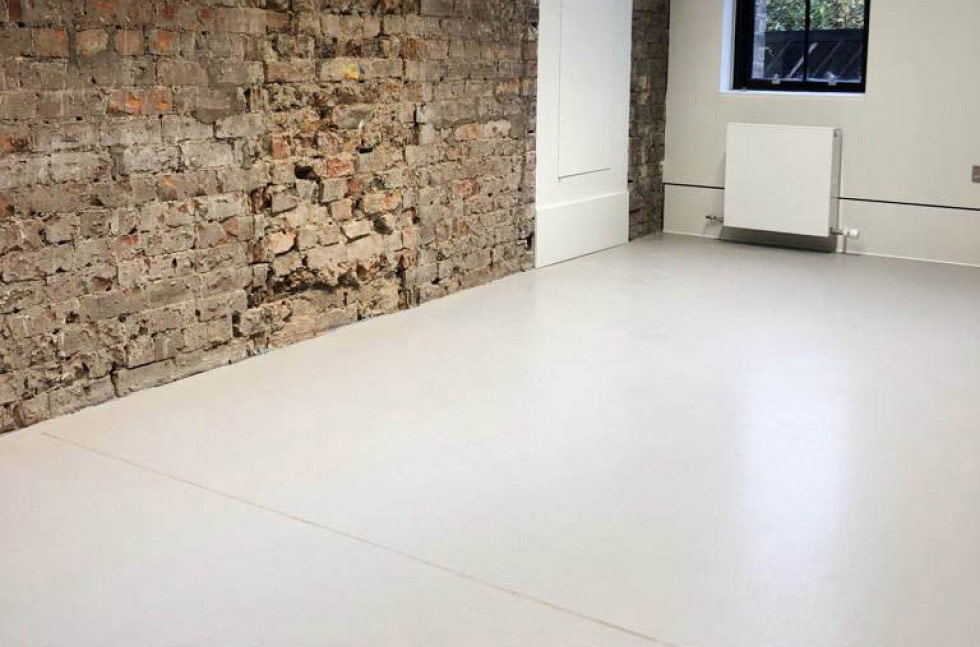
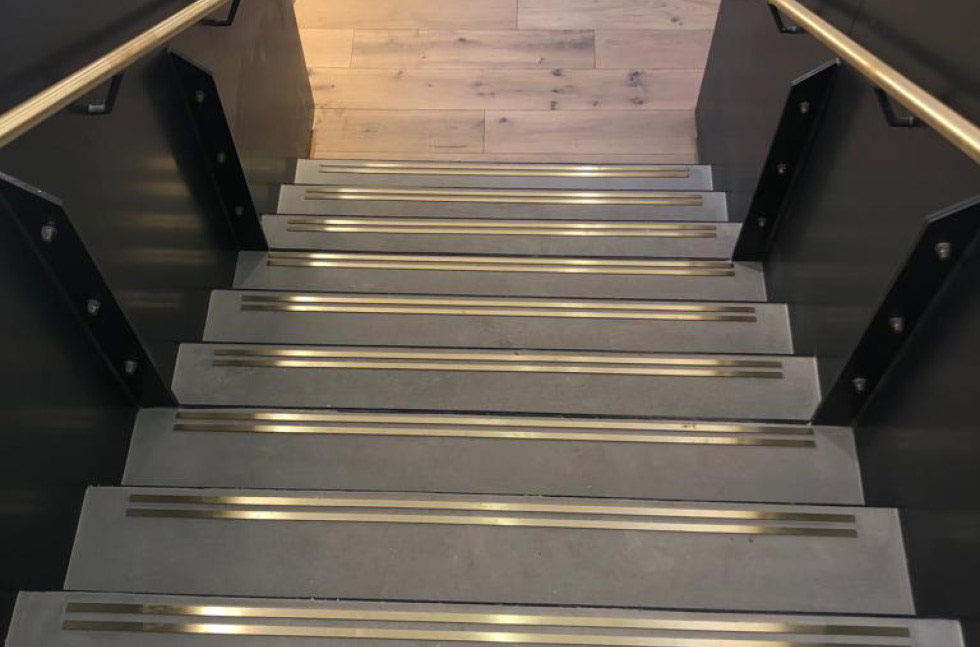
Printing Studio Protects Floor with Specialist Resin Solutions
Project Details
- Client: Edinburgh Printmakers
- Products: Semi-Dry Cementitious, Fast Drying Screeds, Fast Cure MMA Resins, Industrial Resins, Corrosion Protection
- Market Sector: Leisure
- Location: Edinburgh
- Year: 2018
When Edinburgh Printmakers decided to refurbish its premises, the open access studio worked with Flowcrete UK to ensure that its flooring would be able to withstand the onsite conditions.
Specialising in fine art printmaking since 1967, the studio knew that its new flooring would need to cope with unique demands, being particularly at risk from spillages of corrosive chemicals and from the heavy printing equipment.
For example, ferric chloride is used as an etchant in the production area and can eat into building materials. To ensure that the floor would be able to cope with this, 524 m2 of the vinyl ester resin based system Flowchem VE RC Structure was applied. This self-levelling solution has exceptional chemical and mechanical resistance so that it will maintain a seamless, high performance surface despite exposure to intensive industrial substances.
In addition, the floor in the production area would have to cope with point loading from large pieces of equipment including multiple printing presses weighing up to 700-kg, heavy stone benches, a 150-kg cast iron plate backer and storage racks housing stones, tools and plates. To create a build-up that was suitable for the task, high density insulation was used underneath the Flowchem VE RC Structure finish. The robust nature of this design provided Edinburgh Printmakers with the flexibility to move equipment across the floor.
For the main floor areas that would face fewer demands, such as the studios, corridors and back of house rooms, 912 m2 of the solvent-free epoxy resin coating Peran SL with Flowcoat SF41 was applied. A matte, light grey colour that reflected the clean, urban aesthetic of the building was chosen and anti-slip additives were incorporated into the finish. Isocrete Isopol SBR was installed on the stairs, followed by 84 m2 of Flowscreed Satin Top in a sleek, dark grey tone.
A selection of Flowcrete UK’s sub-floor components was also specified. This included over 2,000 m2 of Isocrete Fast K-Screed HD, a semi-dry cementitious screed with rapid drying, high strength properties was applied in areas that had underfloor heating as well as in unheated sections of the site. Finally, more than 1,000 m2 of the damp proof membrane Hydraseal DPM and the concrete primer Flowfresh Primer meant that the floor would be properly protected and supported from the ground up.


